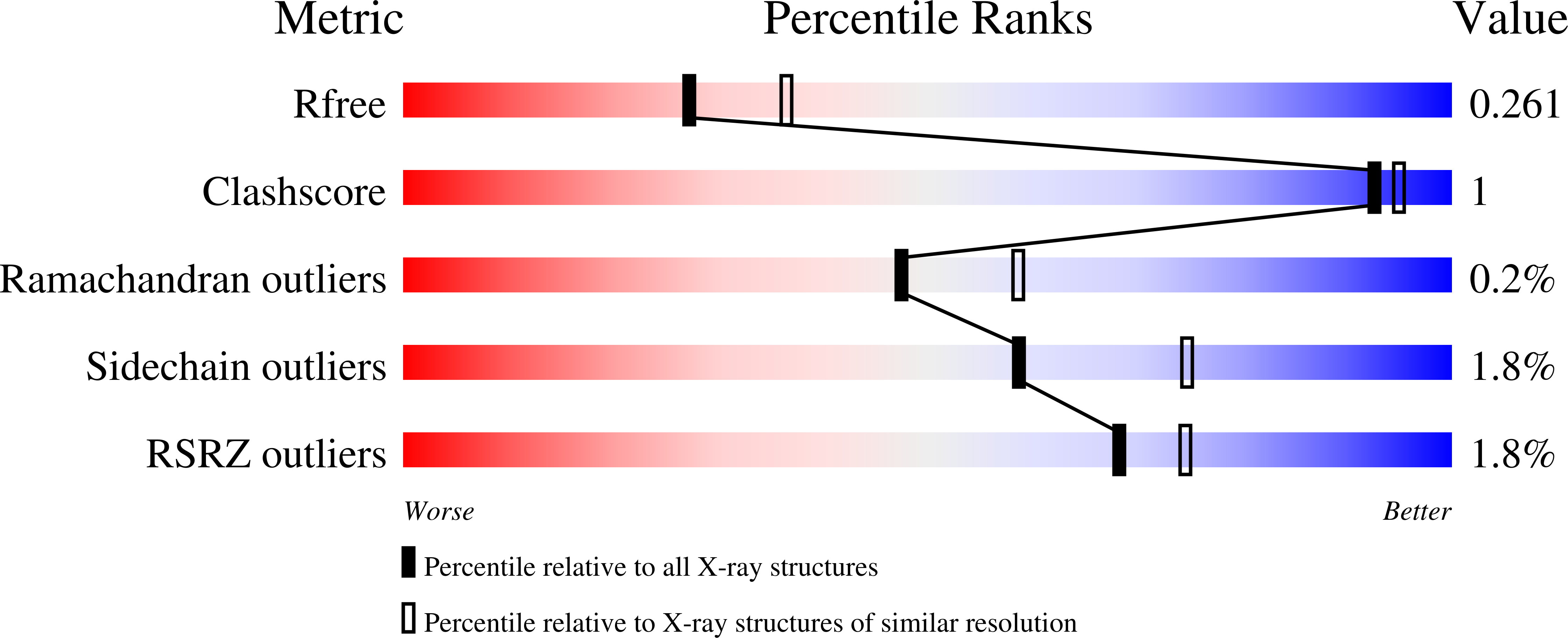
Deposition Date
2022-10-19
Release Date
2023-02-15
Last Version Date
2024-10-16
Method Details:
Experimental Method:
Resolution:
2.30 Å
R-Value Free:
0.27
R-Value Work:
0.24
R-Value Observed:
0.24
Space Group:
P 41 2 2


